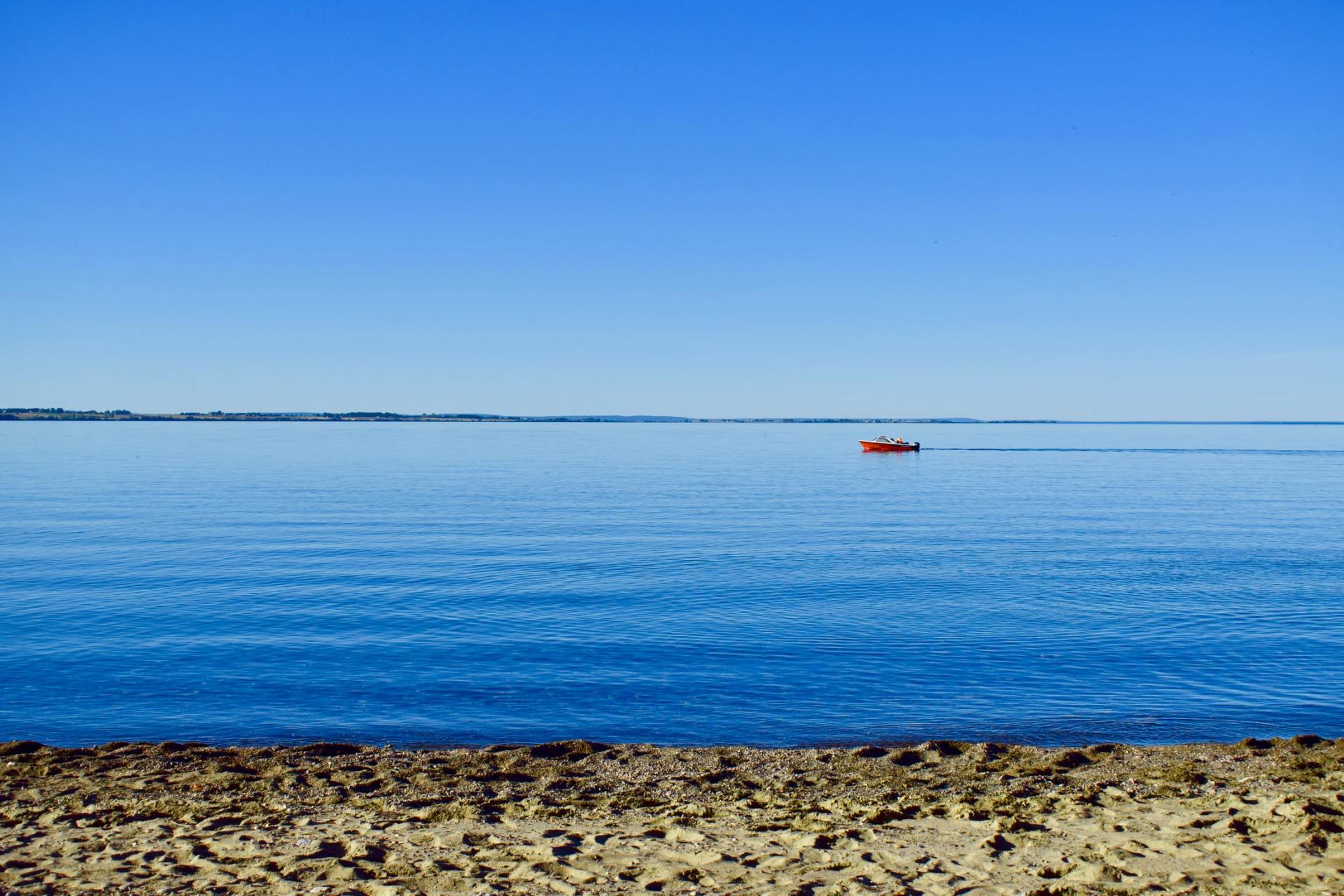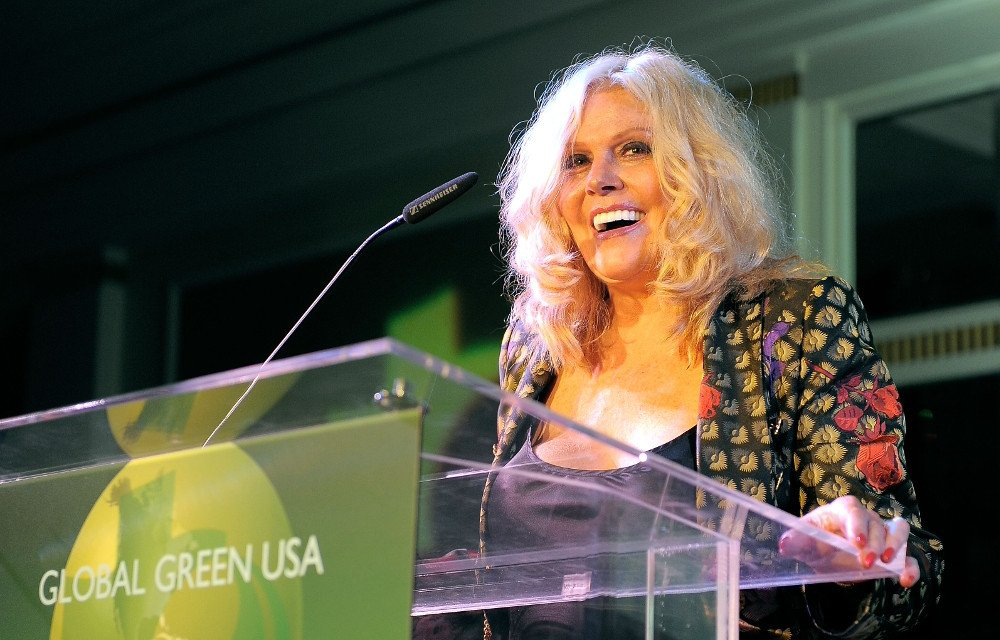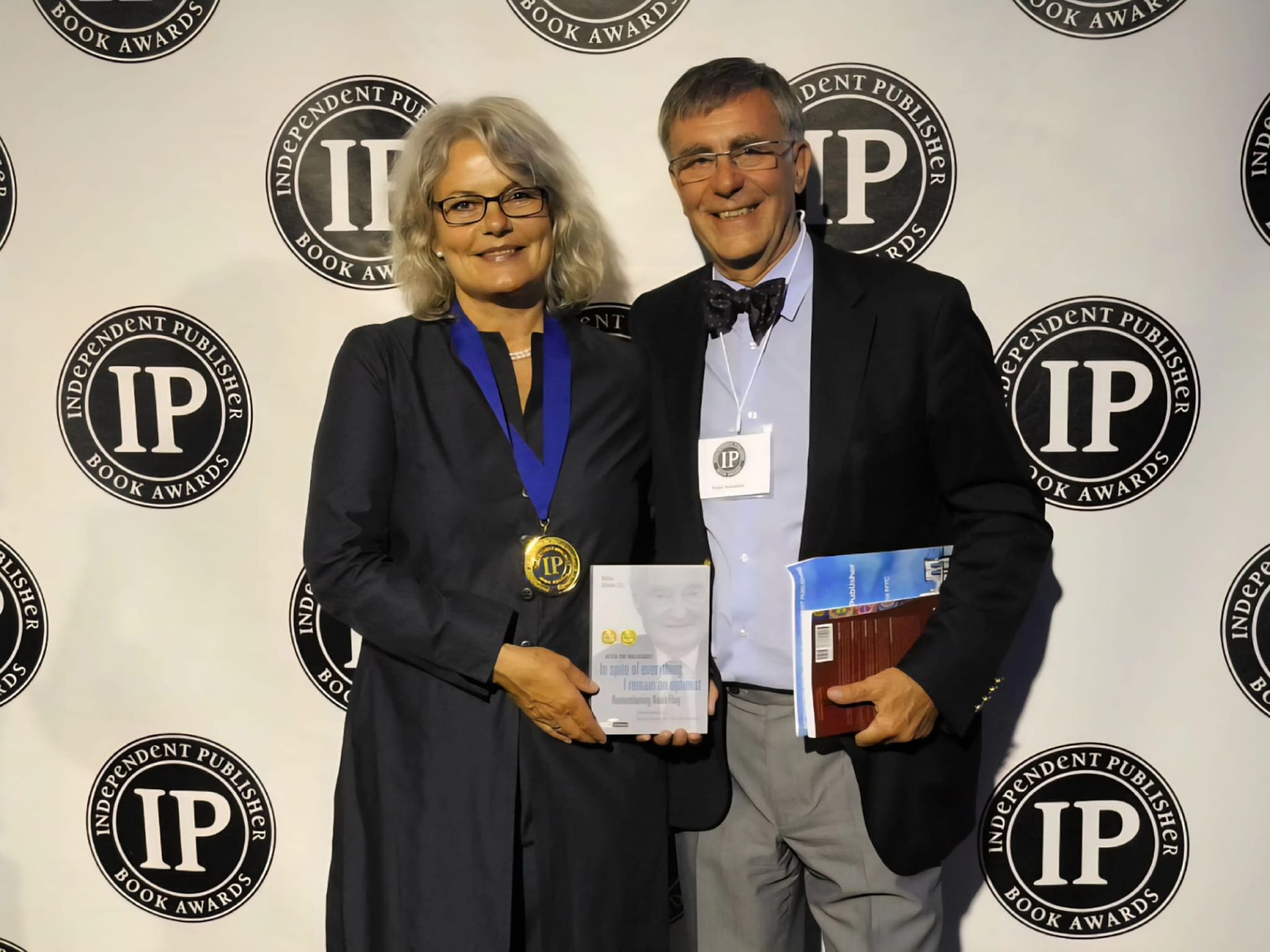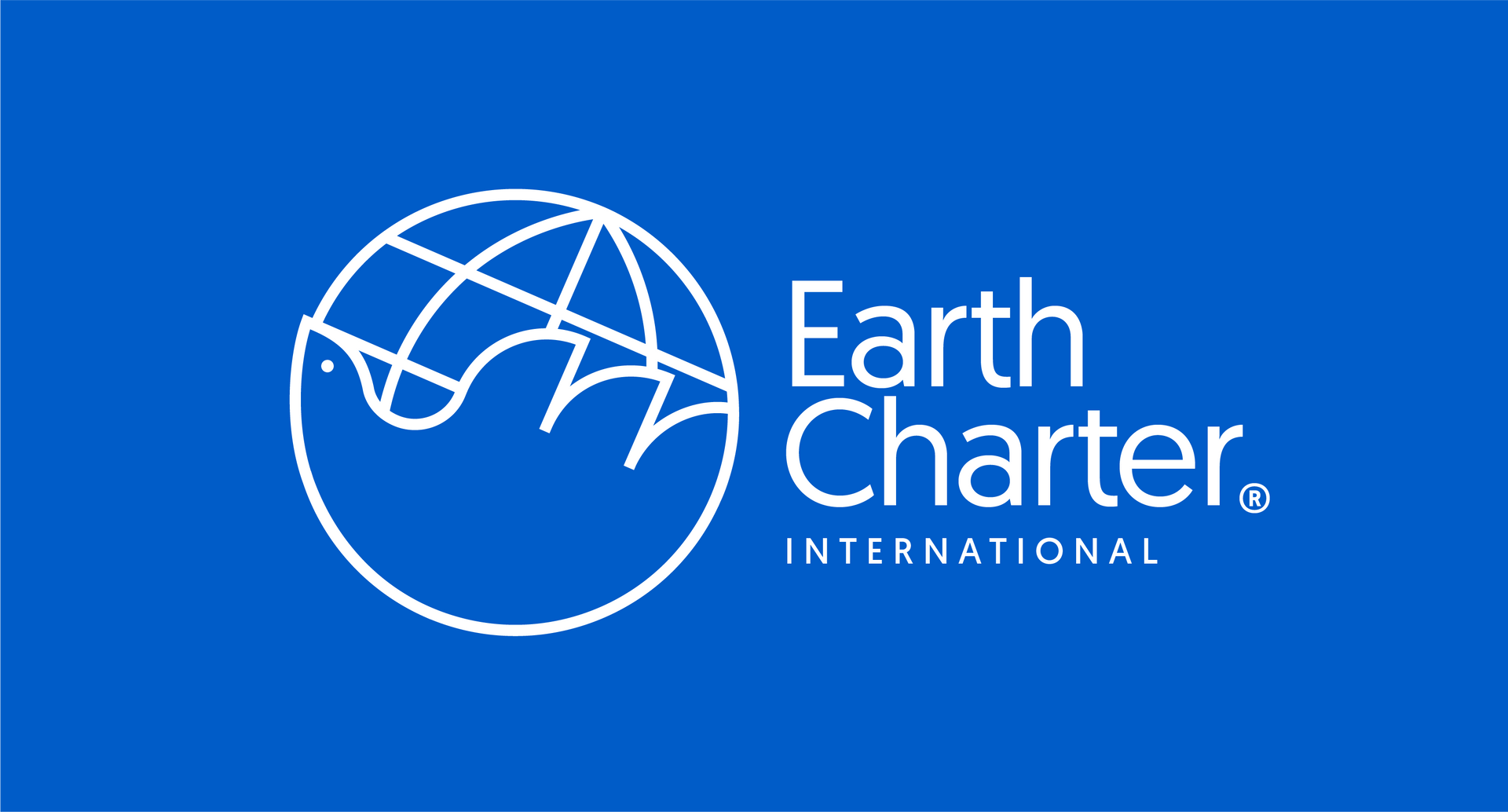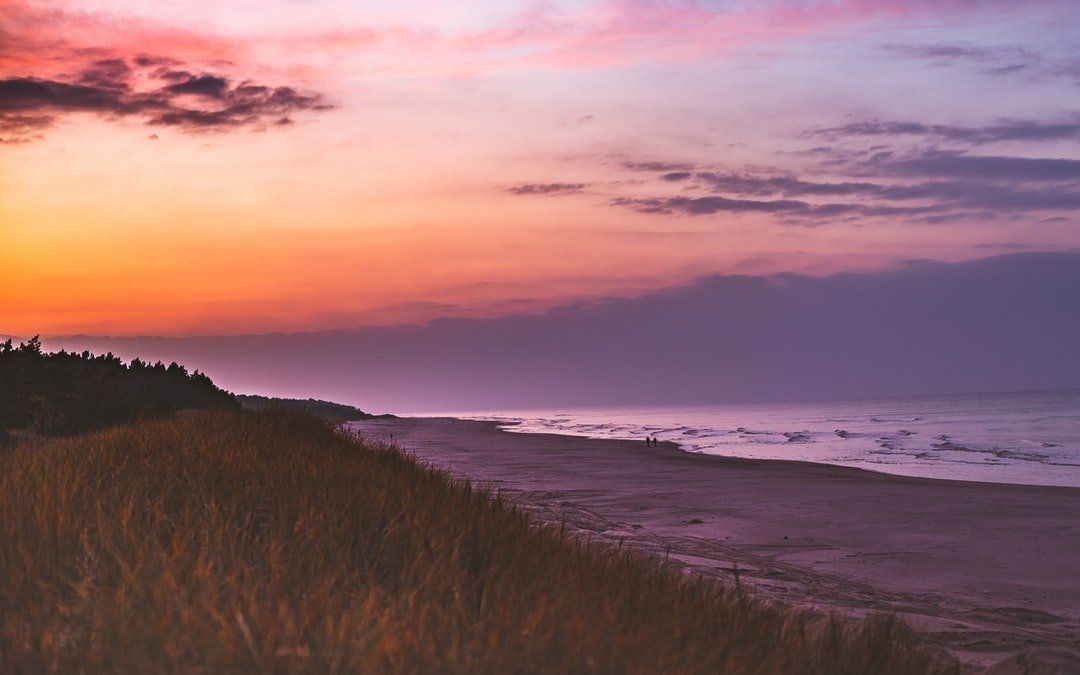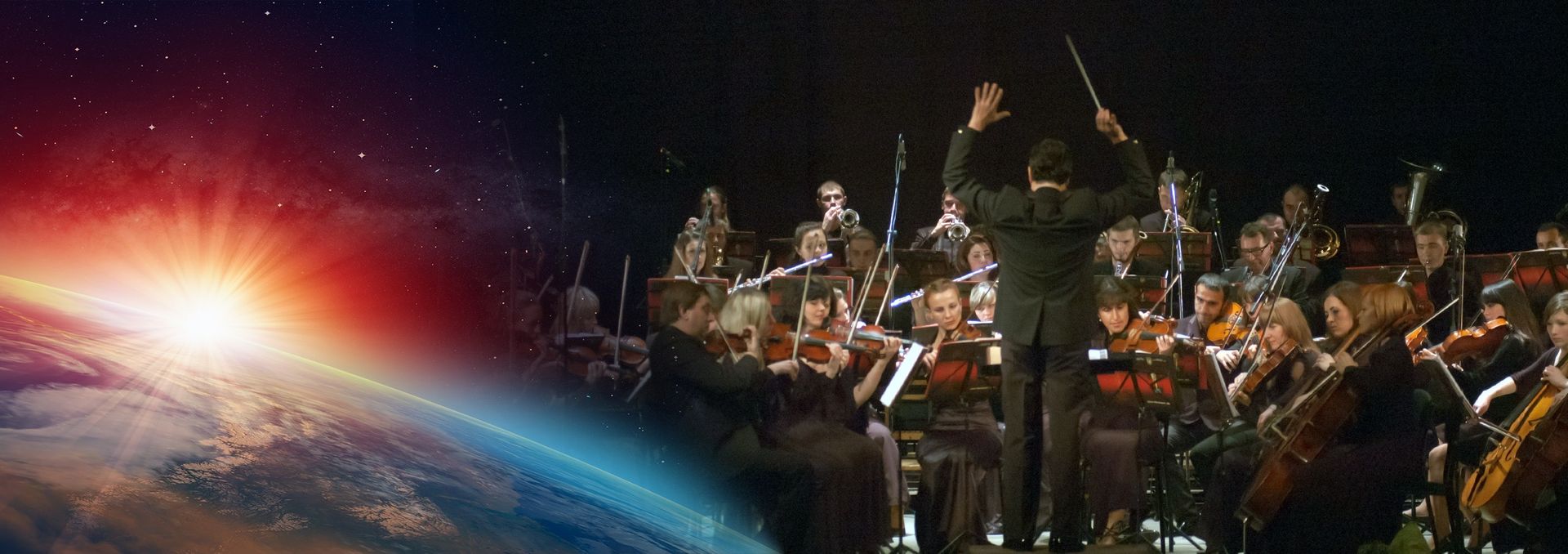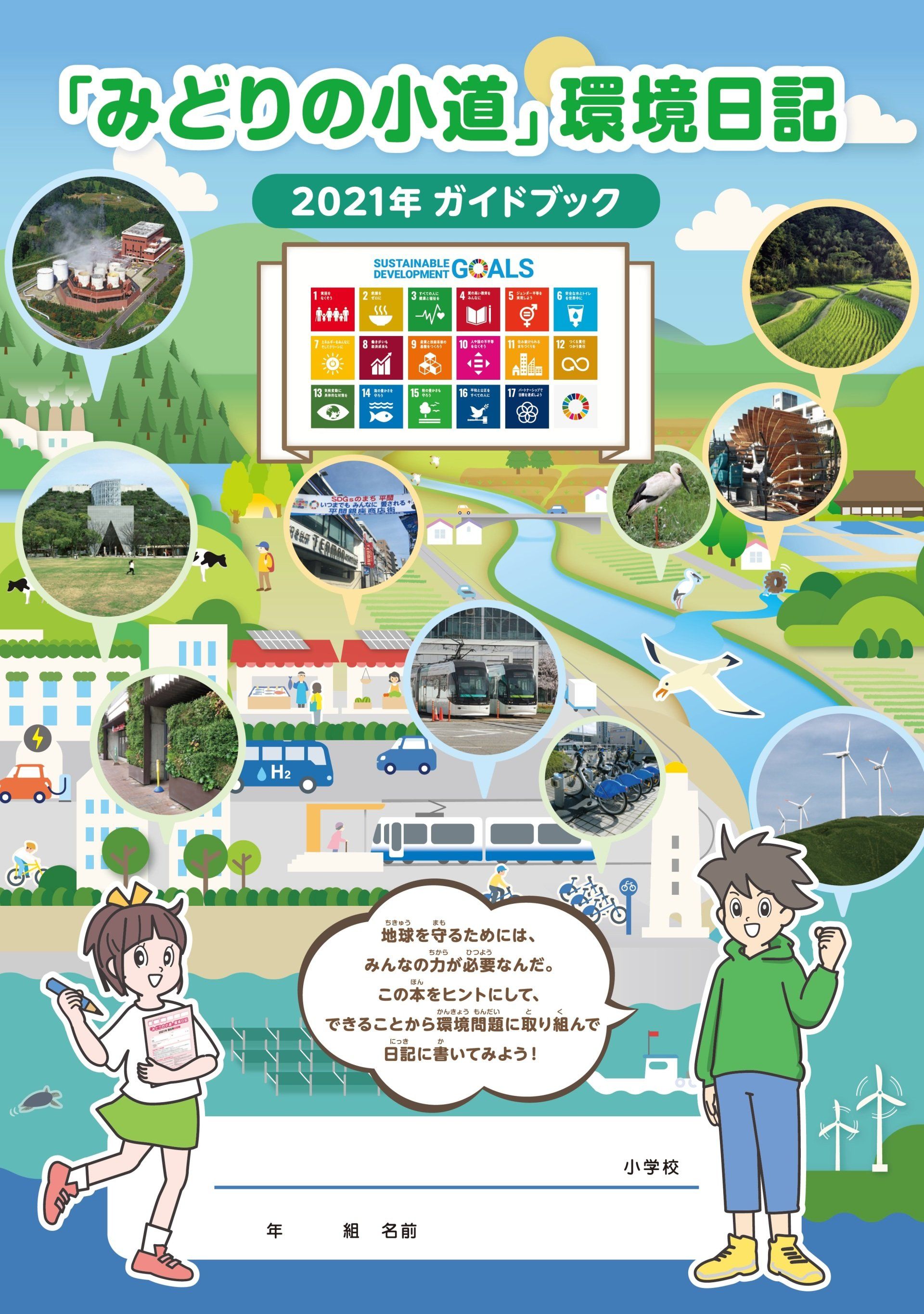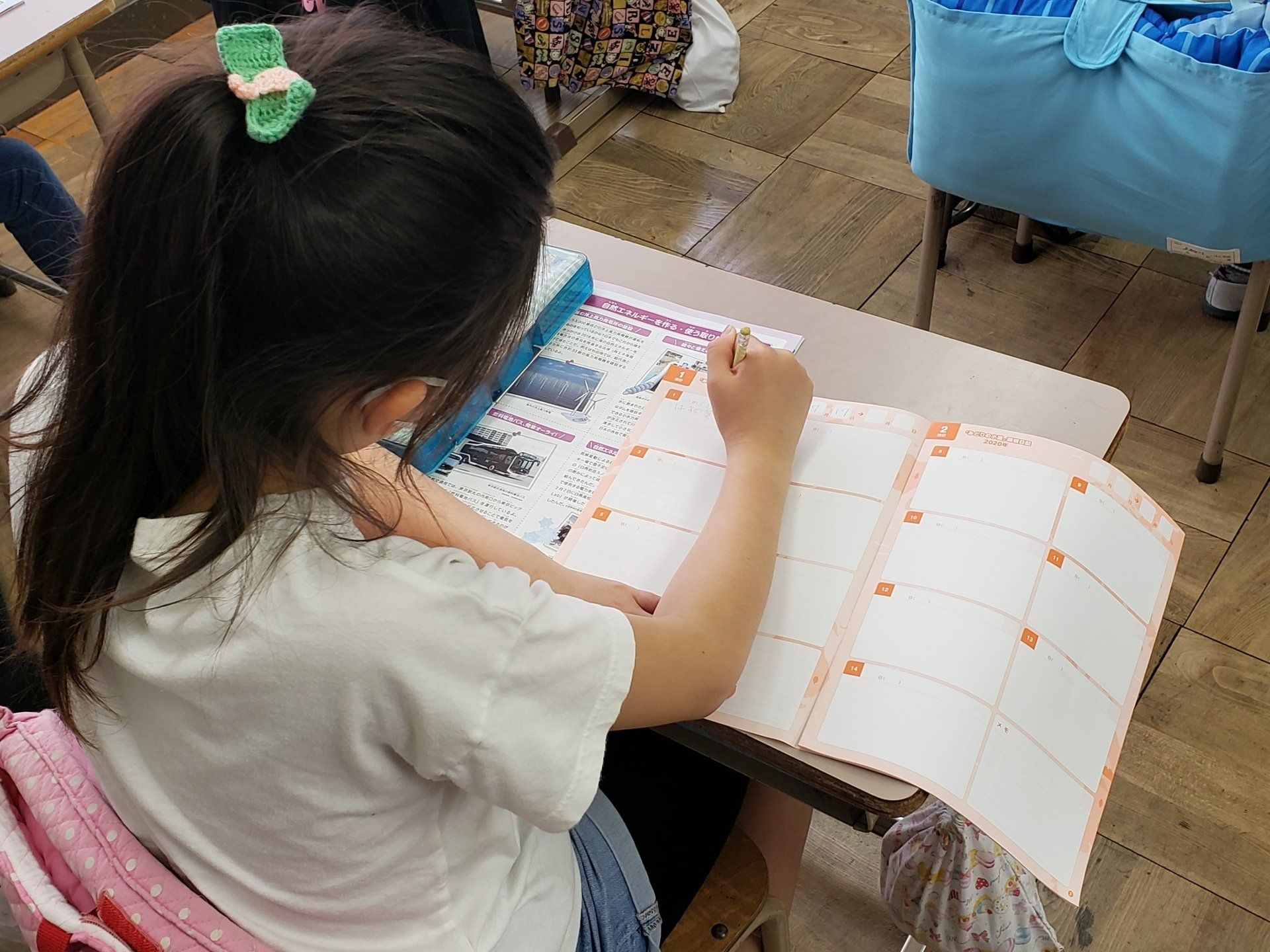The Earth Day Women's Summit
Innovative Strategies that can transform our world and pioneer the future. The Women’s Summit showcased presentations from exceptional and inspirational women.
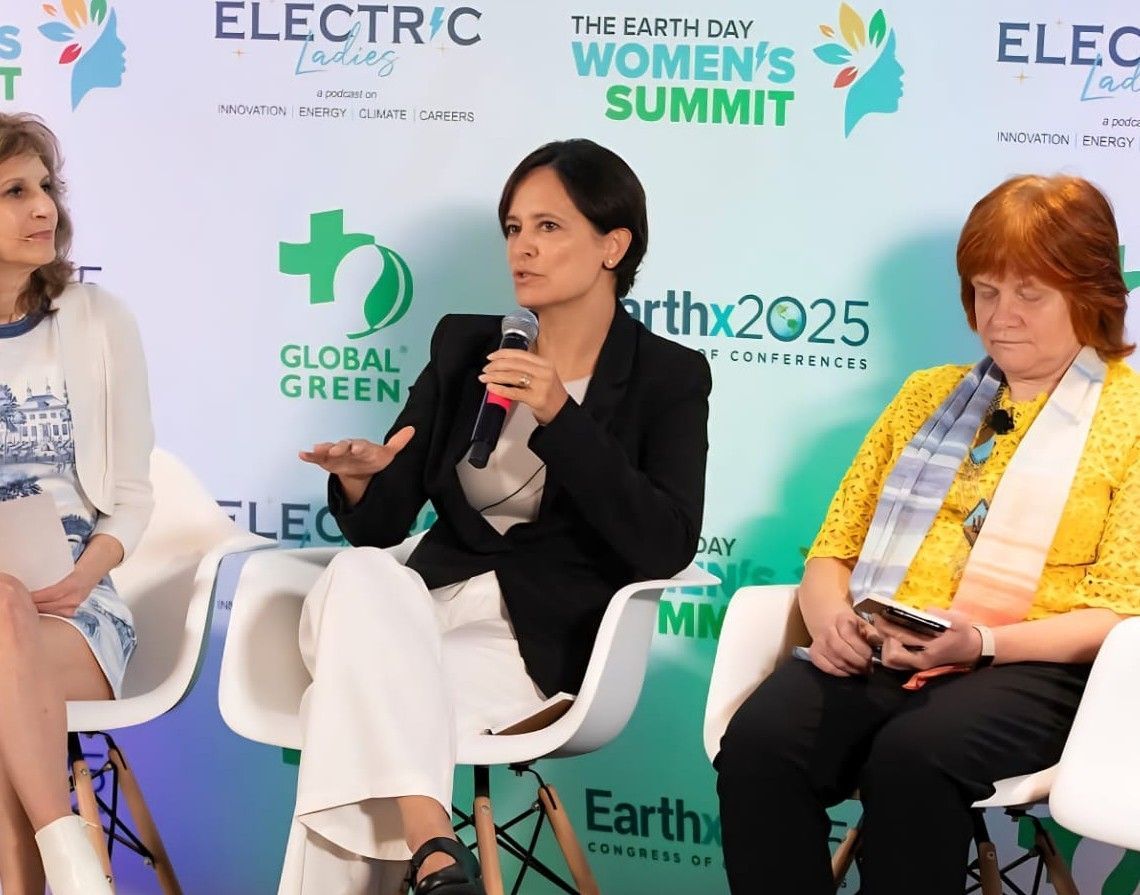
EarthX, Electric Ladies, Global Green USA & Green Cross International
The EarthX 2025, Congress of Conferences was made possible by its founder, Trammell S. Crow. During the days of April 21 to 25, 2025, diverse groups influential of persons dedicated to sustainability gathered at the Anatole Hilton in Dallas. The aim is to enhance and speed up the efforts those tackling the world's most urgent environmental issues. The Earth Day Women's Summit was held as a pilot event within the EarthX congress of conferences, in partnership with the Electric Ladies Podcast, Global Green USA, and Green Cross International.
On Earth Day 2025, these trailblazing women shared their innovative work and creative ingenuity to address the multifaceted issues we face as a global community in adapting to the climate crisis, and their work for a sustainable world. They are at the forefront of their fields, as change-makers and taking sustainability to a new level, beyond polarization.
These visionary ladies are the paradigm shift. They are working in their own ways, raising awareness and empowering people for resilience, to explore unchartered pathways to the answers and solutions, helping us to connect to our power within, which is to align with Mother Earth. They embody women from around the globe, half humanity, and a reservoir of vast potential to help bridge us towards a brighter more sustainable future. The Earth Day Women's Summit was produced by Joan Michelson, who host of the Electric Ladies Podcast, in collaboration with William Bridge, the CEO of Global Green USA.
An awakening to empowerment and perspective
The keynote speakers coming from different countries of the world included Mirian Vilela, Executive Director, Earth Charter International, in Cost Rica; Jana Gerber, President of Microgrid North America at Schneider Electric ; Jennifer Hough, Canadian author and President of The Wide Awakening, Inna Modja, French Malian UNCCD Goodwill Ambassador; Rachelle Begley, Actress and environmentalist from Los Angeles; Zara Summers, Chief Science Officer, Lanza Tech; Dr. Svitlana Krakovska, Ukrainian climate scientist and IPCC member; Chelsea Henderson, Director of Editorial Content at RepublicEn.org and author on climate policy; content creator Hayden Begley, among many others.
During the Climate Security panel, Mirian Vilela emphasized the value of the Earth Charter as a guiding ethical framework, and shared the work of Earth Charter International in nurturing a planetary consciousness and ethic of care. She reflected on world leadership and climate in terms of human security: “We should recognize that human security supersedes state security. To ensure human security, we must start with the fundamental human necessities like air, which is vital for our survival, and not just any air, but clean air. The Earth Charter can guide us.”
“The major problem is that there are many ethically and ecologically illiterate leaders making important decisions that significantly impact people's lives. The Earth Charter provides us with an ethical compass and an educational tool to help address these challenges.”
Mirian Vilela pointed out that, “We should recognize that human security supersedes state security. To ensure human security, we must start with the fundamental human necessities—like air, which is vital for our survival, and not just any air, but clean air. Following that, we need clean water and food, which rely on healthy soil. These are fundamental to our survival.”
Inna Modja was raised in Ghana and Mali, and today resides in France. She is a versatile artist, musician, and filmmaker and a worldwide advocate for gender equality and climate justice. She serves as a Goodwill Ambassador for the United Nations Convention to Combat Desertification, established the climate initiative Code Green, and leads philanthropy at World of Women.
Authentic leadership is about pointing in a new direction
Ultimately, the Women’s Summit inspired us to be courageous and own up to our own sky’s-the-limit potential to move mountains. The calling is an awakening from the heart to our primal power already within us. I personally heard many participants say that the Women’s Summit was one of the greatest highlights at EarthX.
Jennifer Hough, internationally bestselling author and coach, expressed so eloquently the power of focus and authenticity:
“It’s not about being against what is not wanted. True, authentic leadership is about pointing towards the new direction. Authentic leadership is enrolling, engaging, and inspirational. It inspires us to the doing and to action, based on the heart. This journey unfolds step by step, and by following your true calling, you can harness the momentum that shapes new realities.”
Reflecting on the inspirational moment, Jennifer went on to say, “Based on the powerhouses at this Summit, I can say there’s hope for humanity. These women are the beacons for the healing of humanity and bridging the building for what’s next and I was so proud to be a part of this.”
Resilience & collaboration
“This movement is urgent and essential. As we gather here today, communities across the globe are still reeling from the impacts of climate-driven disasters—wildfires, floods, and hurricanes. At Global Green USA (the national organization of Green Cross International), we work shoulder to shoulder with these communities to rebuild. But recovery is not enough. True resilience requires proactive solutions—rooted in equity, innovation, and bipartisan collaboration,” said Mr. Bridge.
William Bridge, in collaboration with the powerhouse Joan Michelson, envisions the continuation of the Women’s Summit in 2026. The Summit is aimed not merely as an event but as a significant platform aimed at enhancing women's leadership across various sectors, including business, government, media, civil society, and the arts. These women are the change-makers who are creating bold, practical, and inclusive solutions for our shared future.
Sustainability, at its core, transcends being just an environmental issue; it serves as a significant invitation to uplift women, encouraging them to harness their natural wisdom and creativity in leadership positions across the global landscape and all sectors. This is empowering humanity to come of age as a civilization.
This equation is the full circle embodiment of our potential as planetary guardians, as an evolving human race. Ultimately, this is about a collective awakening and our spiritual connection to the Earth and cosmos. The formula for a sustainable world is bringing forth the divine feminine. It is about balance and well-being.
Empowering women to take on leadership roles and as co-creators of our common future aligns us with the most powerful Pachamama, Mother Earth. This is wide-angle, all-encompassing, and holistic. The understanding of balance, relationship, and the community of life is something the Indigenous Peoples of the world have always known since the beginning of time.
Aligned to holistic perspective is the mission of Green Cross, the declaration of the Earth Charter, and the United Nations Sustainable Development Goals for building a sustainable future.
Light on the horizon
The EarthX has taken place in this time of profound global human suffering, with wars and economic chaos driven by geopolitical tensions, also amidst unrest in America. Our human activity has compounded a planetary climate crisis with an acceleration of natural disasters and catastrophic events.
In contrast, while in the US, I could see a people's movement on the distant horizon, reminiscent of a phoenix rising, and where the EarthX felt more like a genuine pioneering movement for that transformative shift in consciousness, to prepare for the future, for what is to come. Perhaps beyond what we know.
The EarthX connecting the world
The EarthX is essentially unique in the United States, bringing together affluent and diverse individuals from various sectors from all over the world, including the thinkers, policymakers, entrepreneurs, researchers, environmentalists, Indigenous peoples, and diplomats from around the globe. Throughout the numerous forums, I encountered environmental champions and visionaries, men and women from a wide array of disciplines, creating a dynamic center of new existential thought in the fight to safeguard our planet and its future.
The EarthX was founded by the trailblazer philanthropist Trammell S. Crow in 2010 to increase environmental awareness. It began as the Earth Day Dallas and transformed into EarthX, one of the largest environmental expos, conferences, including media channels, and film festivals in the United States. Taking place in Texas, a state traditionally dominated by the oil and gas sector, it shows the groundbreaking significance and impact of EarthX and the collaboration of groups that typically do not interact with each other. This is a profound formula for the future. The collaboration of diverse groups and the strength of diversity are paramount for the international community to begin tackling the challenges ahead.
he discussions at EarthX echoed our shared humanity, the cries of the suffering, and our longing for a more peaceful world. The forums gave solution-based insights on climate change and the critical tipping points of planetary systems, from the melting of ice sheets and thawing permafrost to disruptions of ocean currents. Many ingenious innovations and initiatives for resilience, conservation of oceans and land, clean energy, biodiversity, and environmental justice were showcased together with high tech media team.
What truly brought everything together was the Earth Day Women’s Summit and highlighting the important role of women’s leadership in the world.
Let us catch the wave to a sustainable future
Then it struck me there at EarthX, a reflection of the ebb and flow axiom of life, like a spiraling serpent. In a time when we are pulled down at rock bottom in inertia by a wave of extreme negativity, I saw my fellow humans at the EarthX working away, advocating for justice and all points of view, sharing ongoing preparations, innovations, energy-efficient technologies, smart solutions, and investments for the future, committed to building bridges for a new paradigm for environmental security and a sustainable future.
Then it struck me there at EarthX, a reflection of the ebb and flow axiom of life, like a spiraling serpent. In a time when we are pulled down at rock bottom in inertia by a wave of extreme negativity, I saw my fellow humans at the EarthX working away, advocating for justice and all points of view, sharing ongoing preparations, innovations, energy-efficient technologies, smart solutions, and investments for the future, committed to building bridges for a new paradigm for environmental security and a sustainable future.
— Tonia Moya
Green Cross International
Photography by Aura Comms and Tonia Moya
